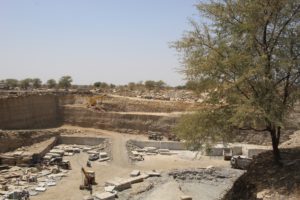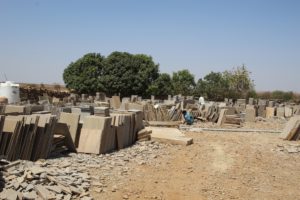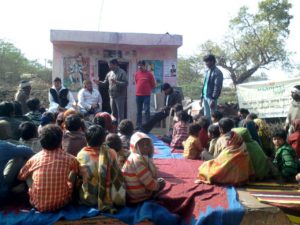No Child Left Behind: A Retrospective Series on the Progress Made and What’s To Come
In this four-part series, we’ll take a look back at the No Child Left Behind program, the progress that’s been made, and also explore what’s on the horizon.
Part 4: Looking Towards the Future
Now that the No Child Left Behind programme has some established successes, it’s time to begin looking towards the future. In this case, that means expanding much of the work towards also helping the broader community, and in particular addressing the standards in the yards and mines.

For a start, the project partners will begin taking a more careful look at the labour conditions, such as health and safety, in the local yards. In addition, they will also try to help formalise payment systems to ensure that workers are being paid what they’ve earned. An expansion of the self-monitoring system to cover these areas will be looked at by the group. For those yards that have been most successful, there will also be a system to turn global yards into model yards that others may then use as an example. And to assist with all of these efforts, the group will continue to educate workers so they understand their rights and can better advocate for themselves.

Because this is a migrant community, there is the ongoing need to educate new arrivals about the importance and benefits of keeping children out of work and putting them in school. But even for those families who agree that education is right for their children, there are still challenges with the school system that need to be addressed. In particular, the system in Budhpura is plagued by a serious lack of qualified teachers. Despite the progress that has been made in the village, many teachers still prefer other postings. This means the student to teacher ratio is far too high, and beyond that, the building of infrastructure is also struggling to keep up.

From an administrative perspective, it is becoming even more critical that the community, especially the local businesses and export community, take ownership of as much of the work as possible. This is the only way to create a truly sustainable program – particularly once the funding goes away in the future. For the moment, we continue our work and are thankful for the tremendous partnership we’ve established with the people of Budhpura.

Want to learn more about the role that local people play in this work? Read our blog post, The Unsung Heroes Behind Child Labour Free Zones.
